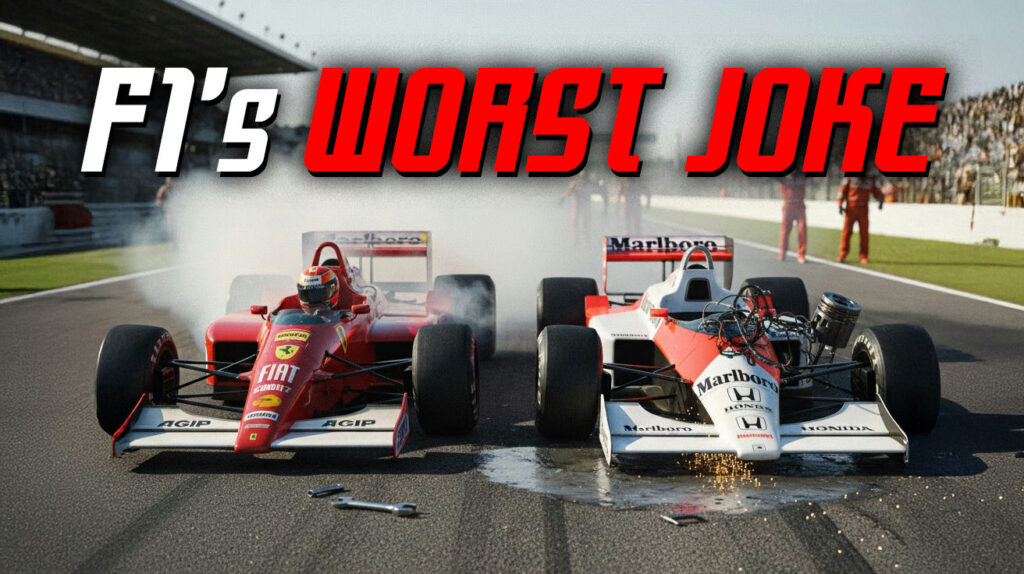
Formula 1 represents the pinnacle of motorsport engineering, where cutting-edge technology meets relentless competition. Yet for every legendary championship winner, there’s a catastrophic failure that reminds us even the brightest minds can spectacularly misfire. These cars didn’t just lose races—they became cautionary tales of ambition unchecked by reality. From radical experiments gone wrong to simple engineering disasters, these machines taught the sport some expensive lessons about what happens when innovation meets poor execution.
12. March 721X (1972)

March’s transverse gearbox design was meant to revolutionize weight distribution, but instead created a handling nightmare that drove even seasoned professionals to despair. Niki Lauda called it “the worst car I ever drove” in Motorsport Magazine, and the car’s acute understeer combined with unpredictable oversteer made it nearly undriveable. The balky gear changes only added insult to injury, forcing March to abandon the project mid-season.
11. Lotus 76 (1974)

The Lotus 76 packed impressive tech including an electronic clutch and four-pedal layout, but reliability issues and terrible handling imbalances turned every race weekend into a mechanical lottery. The car never scored a single championship podium, forcing Lotus to revert to their previous model mid-season. Sometimes the most advanced car on paper becomes the slowest on track.
10. Ferrari 312T5 (1980)
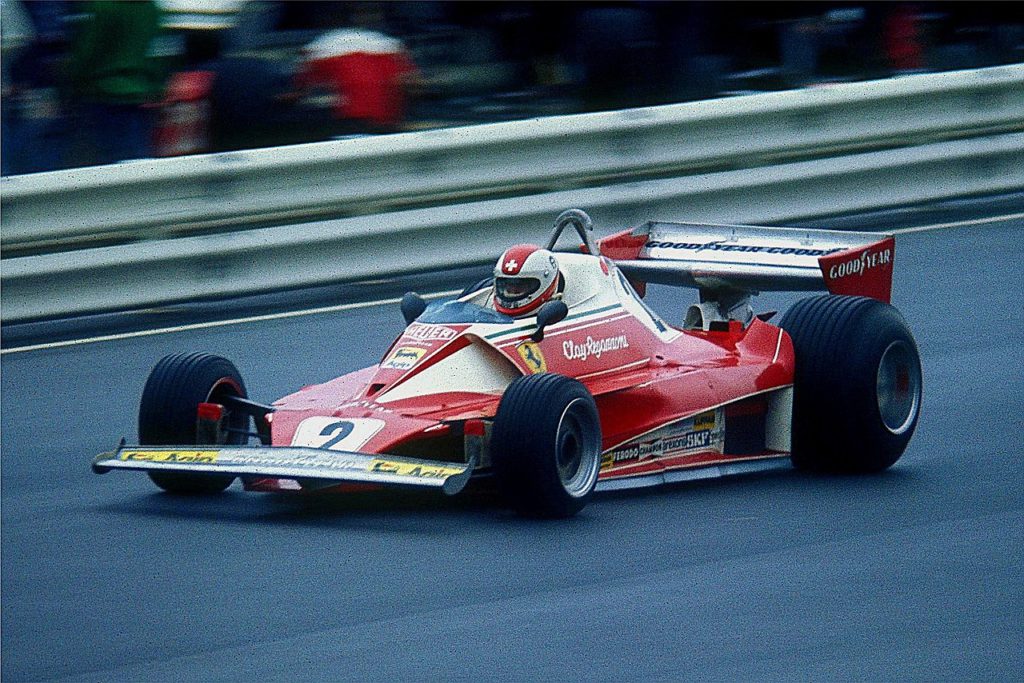
While competitors embraced ground effects aerodynamics, Ferrari stubbornly continued with their older flat-12 engine design. The result was a car that couldn’t generate sufficient downforce and was severely off the pace, managing only 8 points across the entire season. This marked Ferrari’s dramatic fall from champions to 10th in the constructors’ standings—a humbling reminder that even legendary teams aren’t immune to strategic miscalculations.
9. Alfa Romeo 185T (1985)
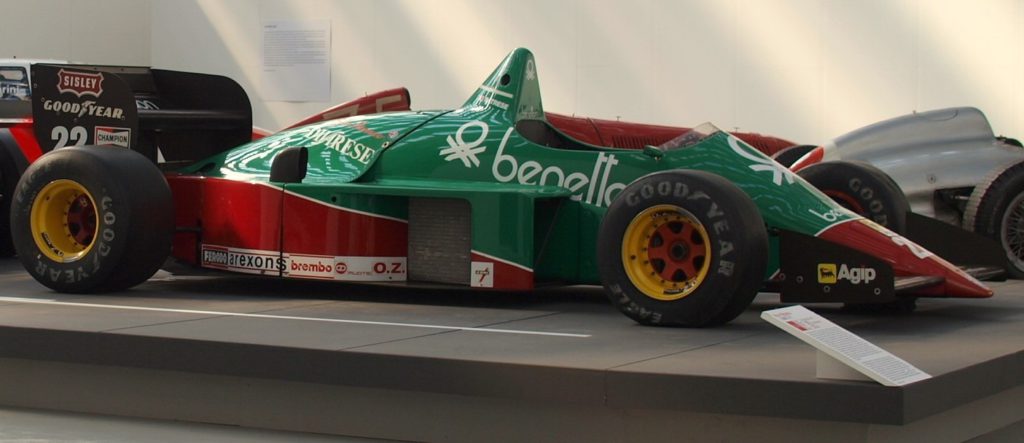
Designed to capitalize on turbo power, the 185T proved unpredictably dangerous and completely unreliable. The car scored zero points throughout the season and was so problematic that Alfa Romeo withdrew from Formula 1 entirely after that year. When your car is so bad it kills your entire motorsport program, you’ve achieved a special kind of failure.
8. Lotus 80 (1979)
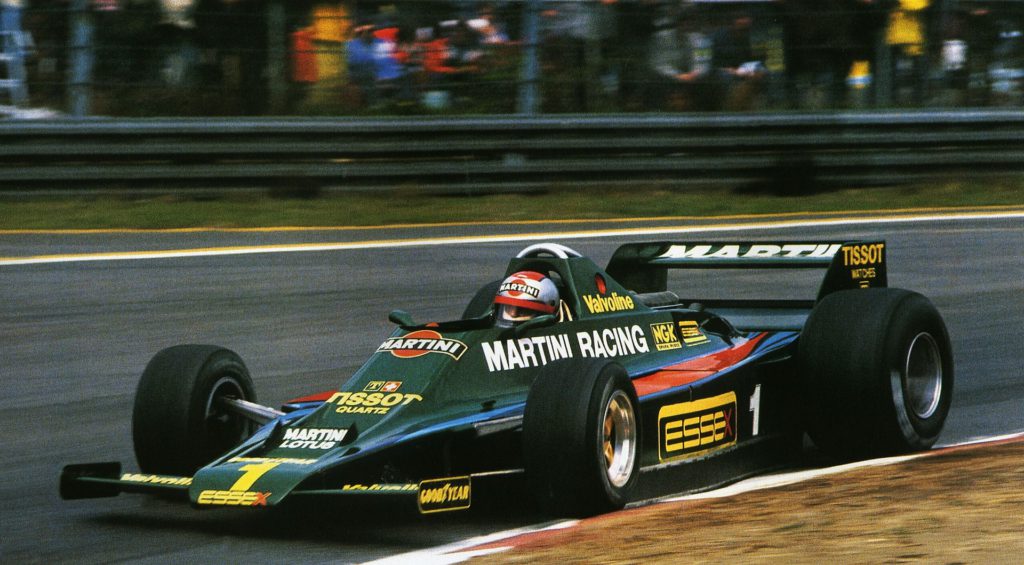
Colin Chapman pushed ground effect aerodynamics too far by making the entire chassis one long aerodynamic surface. The design created severe instability, with the car constantly bouncing and becoming nearly impossible to control. After just four races of watching their drivers struggle with an undriveable machine, Lotus abandoned the concept and reverted to older models.
7. Brabham BT55 (1986)

The innovative design laid the BMW engine on its side to achieve a lower profile, but catastrophic lubrication problems made reliability a distant dream. Handling became unpredictable as oil starvation affected engine performance, and the concept proved to be an expensive dead end that consumed an entire season’s development budget.
6. Life L190 (1990)

Built around a W12 engine that was woefully underpowered, the Life L190 never qualified for a single race. The car typically broke down after just a few laps of practice, making it more of a rolling advertisement for how not to approach Formula 1. When your car can’t even reach the starting grid, you’ve redefined automotive futility.
5. Andrea Moda S921 (1992)
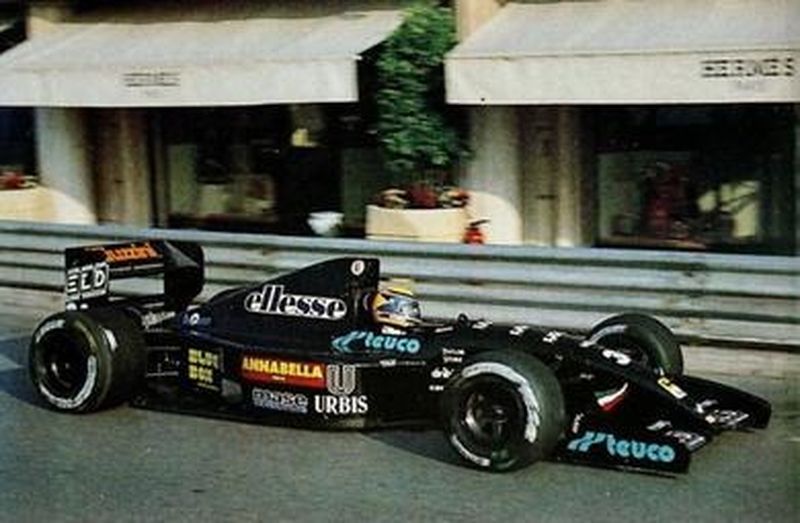
Based on a rejected Simtek prototype, the Andrea Moda was plagued by technical and organizational failures that went beyond simple poor performance. The team’s chaotic management and the car’s complete lack of competitiveness led to the FIA expelling them mid-season for technical and organizational failings—a rare punishment that speaks volumes about just how dysfunctional this operation became.
4. Pacific PR01 (1994)
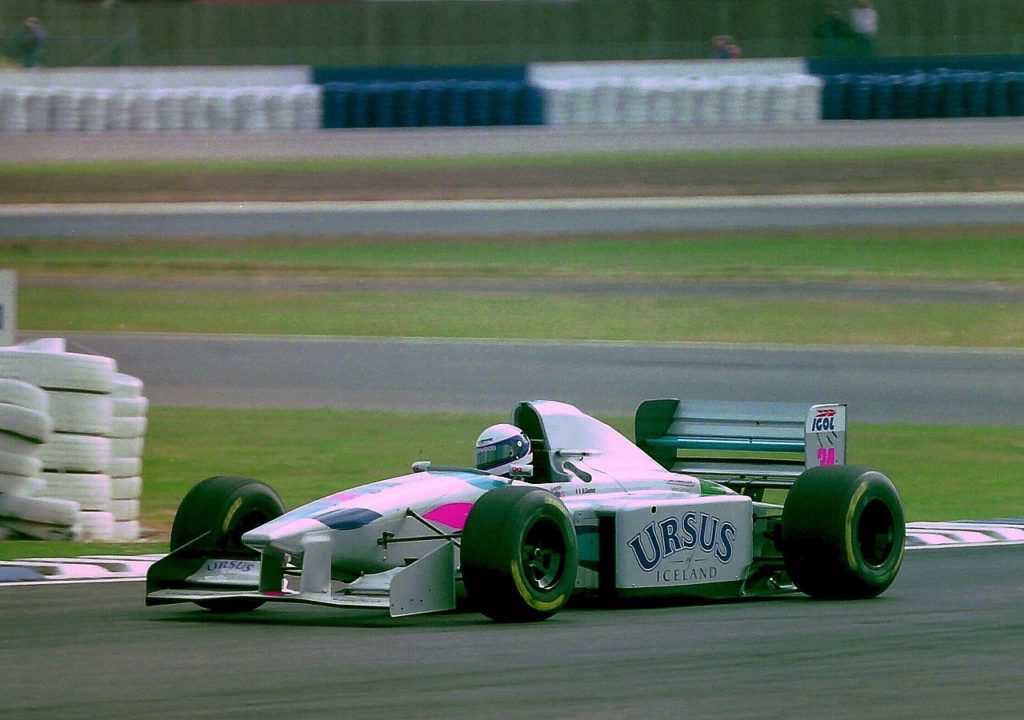
The Pacific PR01 was severely underdeveloped before it even hit the track, essentially fielding outdated technology against cutting-edge competition. Chronic mechanical failures plagued every outing, and the car finished zero races in its debut year. When your brand-new car is already obsolete, you’re fighting yesterday’s battles with tomorrow’s budget.
3. Lola T97/30 (1997)
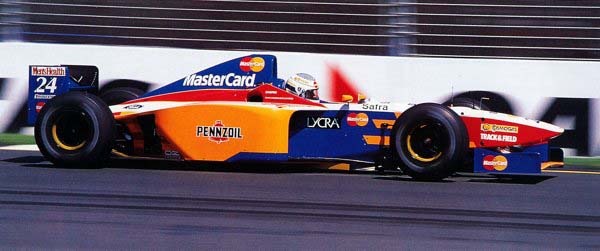
Forced to race due to sponsor demands rather than engineering readiness, the Lola was vastly off the pace and completely uncompetitive. After a single, disastrous race weekend that exposed just how unprepared the car was, the team pulled the plug entirely. Sometimes the most expensive lesson is learning that deadlines don’t care about physics.
2. McLaren MP4-20 (2005)
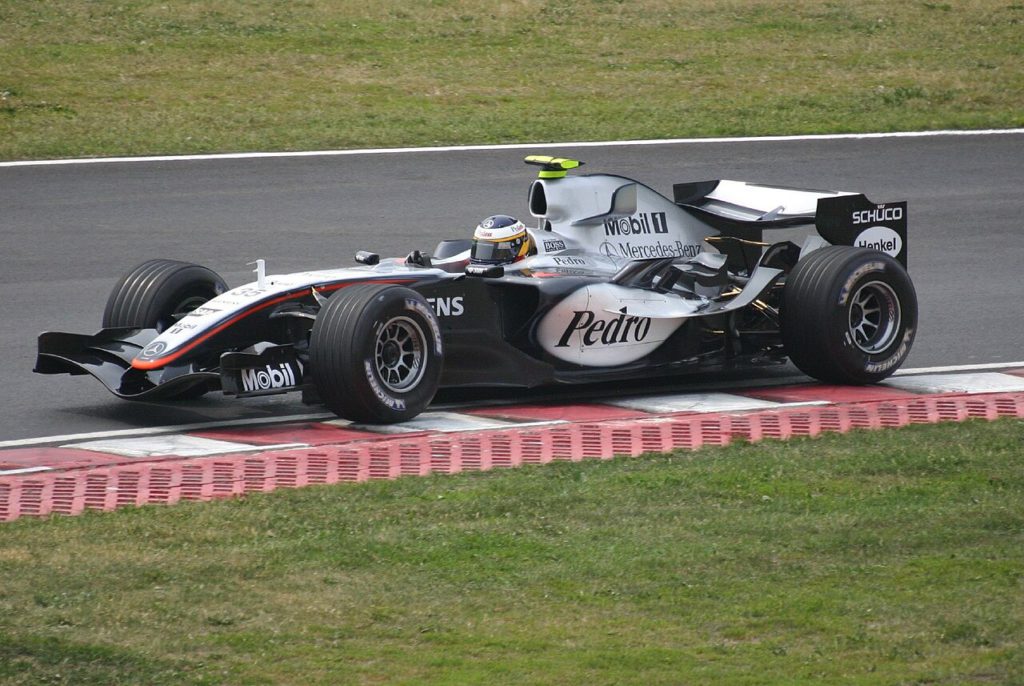
Despite having arguably the fastest package on the grid, chronic engine failures and mechanical problems cost McLaren MP4-20 both the drivers’ and constructors’ championships. The car could win races when it finished, but reliability issues turned potential victories into painful retirements. Sometimes having the fastest car means nothing if it can’t reach the finish line consistently.
1. McLaren-Honda MP4/30 (2015)
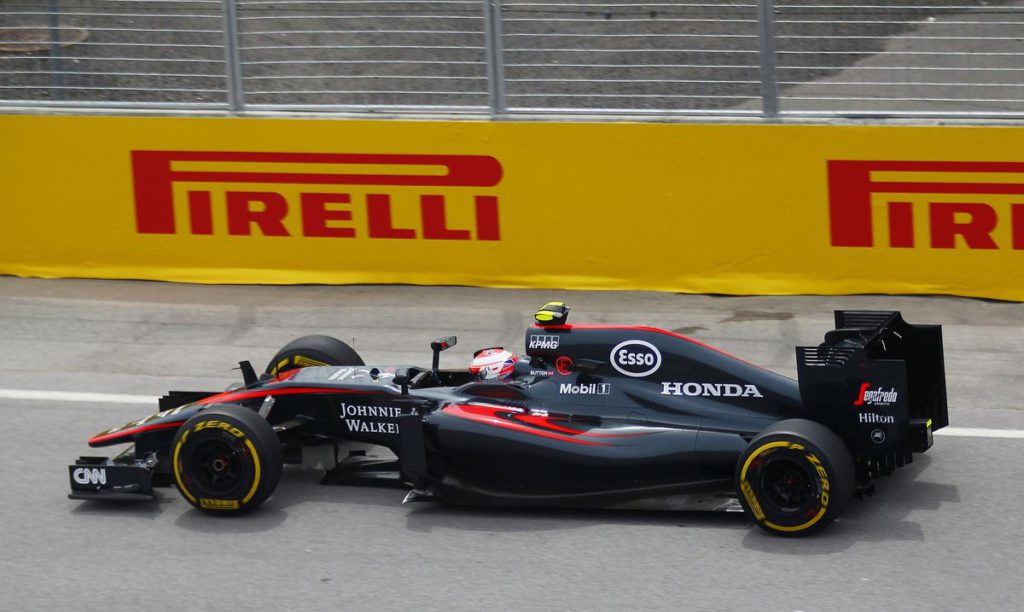
McLaren and Honda’s reunion generated massive expectations, but the MP4/30 was both drastically underpowered and chronically unreliable. The car often couldn’t finish races or maintain competitive pace, leading to a partnership that ended after several disastrous seasons. When two legendary brands combine and still can’t create a competitive car, the disappointment cuts deeper than simple poor performance.
Last modified: October 24, 2025







